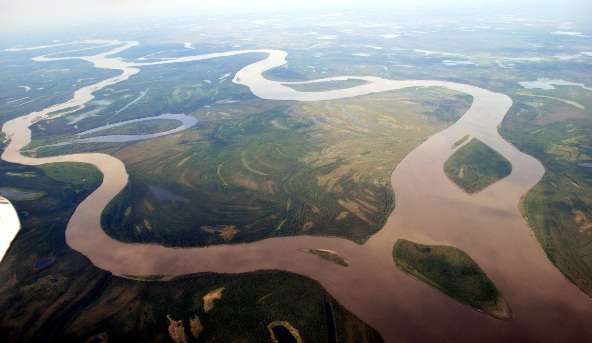The Ken-Betwa Link Project (KBLP) Steering Committee met for the third time in New Delhi.

What precisely is the Ken Betwa Link Project?
- The Ken-Betwa Link Project is the first in the National Perspective Plan for river interlinking.
- Water from the Ken River will be transferred to the Betwa River as part of this project.
- Both of these rivers are tributaries of the Yamuna River.
The Project has two phases:
- One of the components, the Daudhan dam complex and its appurtenances such as the Low Level Tunnel, High Level Tunnel, Ken-Betwa link canal, and power houses, will be completed during Phase I.
- Three components will be built during Phase II: the Lower Orr dam, the Bina complex project, and the Kotha barrage.
Utility of the Project
- Irrigation: The project is expected to irrigate 10.62 lakh hectares per year, provide drinking water to 62 lakh people, and generate 103 MW of hydropower and 27 MW of solar power.
- Water supply: The project will benefit the water-stressed Bundelkhand region, which spans Madhya Pradesh and Uttar Pradesh.
- Increased agricultural activity and job creation: The project is expected to boost socioeconomic prosperity in the backward Bundelkhand region through increased agricultural activity and job creation.
- Addressing Rural Distress: It would also aid in the prevention of distress migration from this area.
Concerns about the project’s environmental impact
- The government’s plan is based on a’surplus and deficit’ model that has little scientific foundation.
- There may not even be enough water in the Ken, a perennial river, to meet the Betwa’s projected needs, let alone those of the Bundelkhand region.
- The UP and the MP could not agree on how water would be shared, especially during non-monsoonal months.
- The KBLP intends to build a high reservoir-dam on the Ken River in the Panna National Park and Tiger Reserve.
- The Ken Gharial Sanctuary, located downstream of the national park, was established to protect the critically endangered Gangetic gharial (Gavialis gangeticus).
What are the legal issues?
- The Ken-Betwa Link Project has not been approved by the National Board for Wildlife’s Standing Committee.
- As provided in Section 35(6) of the Wildlife (Protection) Act of 1972, this is required for the improvement and better management of the wildlife therein.
Problems with the projects
- Migration: It will result in massive population displacement.
- Changes in topography: Because the Ganga basin topography is flat, building dams would not significantly increase river flows.
- Inundation: The transfer of such massive amounts of water will flood forests and land used to build reservoirs.
- Seismic hazards: The weight of billions of litres of water in the Himalayan region can have seismic consequences.
- Financial outlay: From the construction of link canals to the monitoring and maintenance of infrastructure, river interlinking is an expensive business.
- Political will: Project implementation requires not only a large amount of financial capital, but also political support, both of which are currently in short supply.
- Consensus building for land acquisition: Another critical issue is reaching an agreement among states on land acquisition.
- Ecological feasibility: If the project is carried out, it will result in large-scale displacement of people and animals.
Such projects have been criticised
- Such projects are based on bad science and an outdated understanding of water systems and water management.
- Human determinism: Such projects go against natural processes, creating more scope for threat than opportunity.
The way forward
- Exercise caution: Expert review during the project approval stage is a pillar of good environmental governance.
- Independent hydrological studies of these rivers are required.
@the end
- No development project should devastate the ecology of the country’s remaining fragile ecosystems or an important tiger habitat.
- The proposed dam’s destructive impact on the flow of water into and out of this sanctuary should be obvious, as should its violation of the Act’s requirement for a sanctuary.
Source: https://www.thehindu.com/sci-tech/energy-and-environment/explained-what-ails-the-ken-betwa-river-link-project/article66419523.ece#:~:text=In%20December%202021%2C%20the%20Union,Bundelkhand%20region%20in%20Uttar%20Pradesh.
